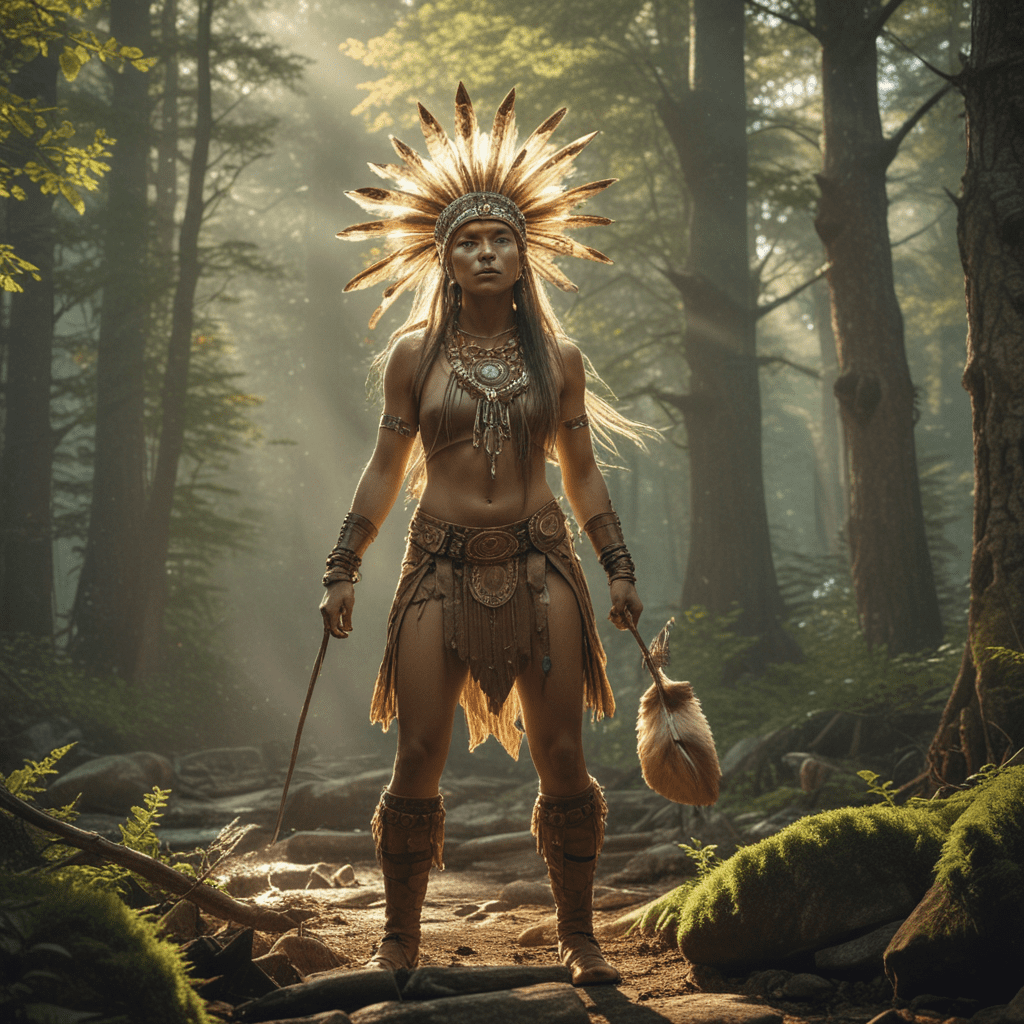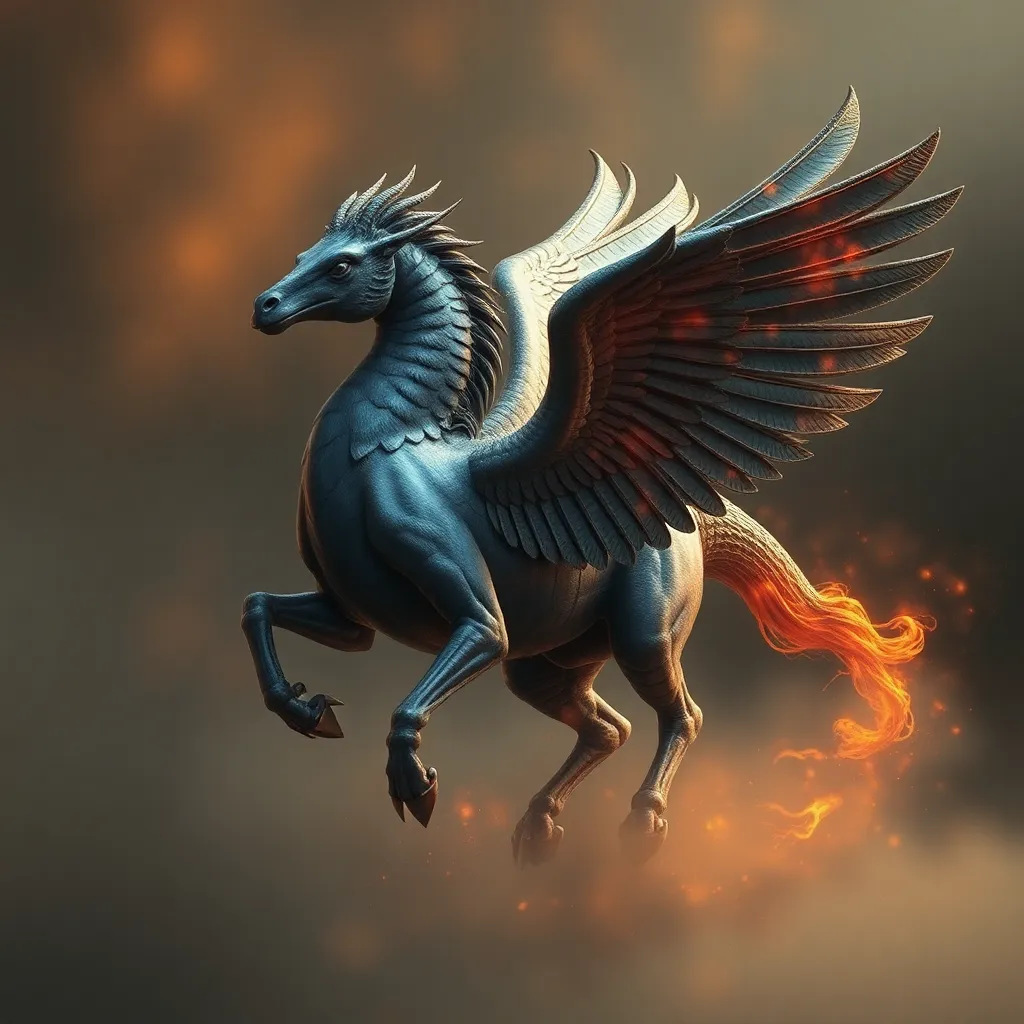1. Introduction to Penobscot Mythology
The Penobscot tribe is an indigenous people of North America who have inhabited the lands of present-day Maine for centuries. Their rich mythology provides insights into their cultural beliefs, values, and their connection to the natural world. Penobscot mythology encompasses a vast array of stories, legends, and spiritual traditions that have been passed down through generations.
2. The Creation Story: Glooscap and the Dawnland
Central to Penobscot mythology is the creation story of Glooscap, a benevolent giant and cultural hero. According to legend, Glooscap emerged from the sea and used his immense power to shape the Dawnland, the ancestral home of the Penobscot people. He created mountains, rivers, and forests, and populated the land with animals and humans. The Penobscot creation story emphasizes the interconnectedness of all living beings and the importance of harmony with the natural world.
3. The Importance of Glooscap in Penobscot Culture
Glooscap holds a revered position in Penobscot culture. He is considered a teacher, guide, and protector. Stories about his adventures, wisdom, and magical abilities are central to Penobscot identity and serve as moral lessons for the tribe. Glooscap's influence extends beyond the realm of mythology, as his name is invoked in ceremonies, prayers, and traditional practices.
4. Other Supernatural Beings: Spirits, Giants, and Witches
Penobscot mythology is inhabited by a diverse cast of supernatural beings, each with its own unique characteristics and powers. Spirits, both benevolent and malevolent, play a significant role in Penobscot beliefs. Giants, like Glooscap, possess superhuman strength and often appear in stories as benevolent guardians or formidable adversaries. Witches, known as "medahwehs," are powerful sorcerers who can manipulate the natural world and heal or inflict harm.
5. Animal Spirits and Totems
Animals hold a special place in Penobscot mythology. Many animals are considered to have spiritual powers and serve as totems or spirit guides for individuals and families. The bear, for example, represents strength and courage, while the eagle symbolizes wisdom and foresight. Animal spirits are often invoked in ceremonies and rituals, and encounters with them are considered significant spiritual events.
6. The Role of Dreams and Visions
Dreams and visions play a central role in Penobscot mythology. They are believed to be gateways to the spiritual realm, where individuals can receive guidance, warnings, and glimpses of the future. Dreams are often interpreted by shamans or elders, who possess the ability to understand their hidden meanings. Visions, on the other hand, are often experienced during ceremonies or solitary spiritual practices and are considered direct communications from supernatural beings.
7. Storytelling and the Passing of Tradition
Storytelling is an integral part of Penobscot culture and serves as a means of preserving and transmitting mythology, history, and cultural values. Elders and storytellers share tales around the fire, ensuring continuity of traditions and connecting generations. These stories not only entertain but also teach important lessons about morality, behavior, and the importance of community.
8. The Influence of Christian Beliefs
The arrival of European settlers and missionaries in the 17th century brought significant changes to Penobscot beliefs and practices. Over time, Christian elements became intertwined with traditional mythology, creating a hybrid belief system. While many Penobscot people converted to Christianity, elements of their ancestral mythology continued to endure and influence their cultural identity.
9. Contemporary Interpretations of Penobscot Mythology
In contemporary times, Penobscot mythology continues to evolve and adapt. Artists, writers, and scholars are drawing inspiration from traditional stories and reinterpreting them for modern audiences. Through various art forms, literature, and educational programs, Penobscot mythology is being revitalized and shared with a wider public.
10. The Legacy and Significance of Penobscot Mythology
Penobscot mythology is a vibrant and enduring aspect of the tribe's cultural heritage. Its stories, beliefs, and traditions offer insights into the Penobscot worldview, their deep connection to the natural world, and their resilience in the face of adversity. By preserving and sharing their mythology, the Penobscot people maintain a vital connection to their ancestors and ensure its legacy for generations to come.
FAQ
Q: What is the name of the benevolent giant in Penobscot mythology?
A: Glooscap
Q: What is the importance of dreams in Penobscot culture?
A: Dreams are believed to be gateways to the spiritual realm, providing guidance and insights.
Q: How has Christianity influenced Penobscot mythology?
A: Christian elements have become intertwined with traditional mythology, creating a hybrid belief system.
Q: Are Penobscot stories still told today?
A: Yes, storytelling remains an integral part of Penobscot culture, connecting generations and preserving traditions.


